Research
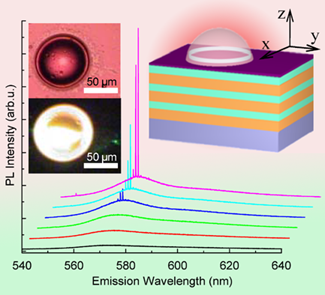
Flexible lasers are based on polymeric microcavities. Due to chemical and mechanical flexibility of the host materials, these lasers offer the tunability both laser size and wavelength. They are excellent candidates for fundamental studies of light-matter interaction and flexible optical devices. |
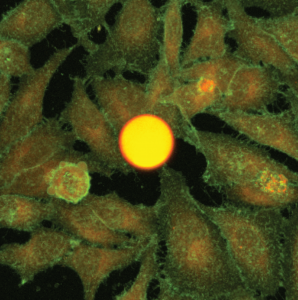
Biolasers are lasers made of biomaterials (such as proteins and polysaccharides). Thanks to their biocompatibility these lasers can be integrated into living cells, tissues for bioimaging and biosensing applications. |
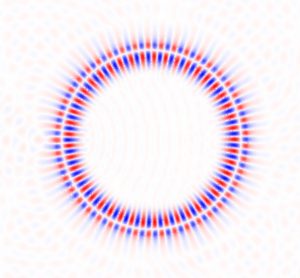
We use finite element method (FEM) to simulate optical processes in micro-/ nanocavities as well as plasmonic structures for high optical confinement and enhancement. The simulation results are valuable for the optimization and construction of efficeint optical devices. |
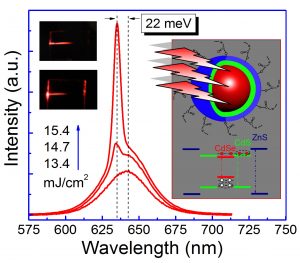
Random lasers differ from conventional laser due to the lack of optical cavity, instead they use a highly disordered gain medium to confine light. The modes of the random laser are, therefore, determined by the scattering medium while the remainder of the operating principals of a conventional laser are unchanged. Random offers a number of novel physical phenomena and new applications. We are investigating novel structures for random lasing and explore their biosensing applications. |

The evanescent waves of whispering gallery modes (WGMs) exist within several tens to hundreds of nanometers at the cavity’s surface and can be very sensitive to even a single molecule. Based on the interaction between these waves with analyte, the WGM technology has been widely used as label-free and ultrasensitive biosensors. |
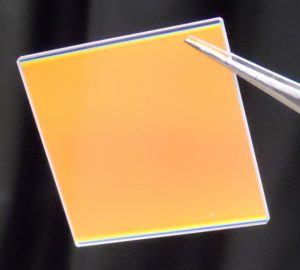
Optical thin films We are making optical filters and dielectric mirrors for optical devices. In parallell, we are investigating how to deposite special nanostructures on a substrate for functional surfaces such as self-cleaning surfaces. |
